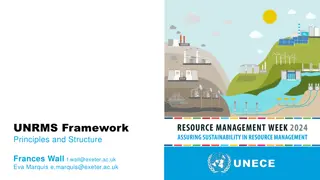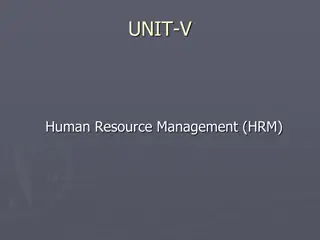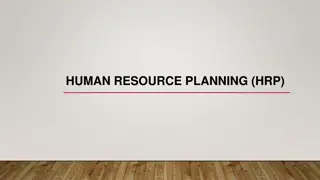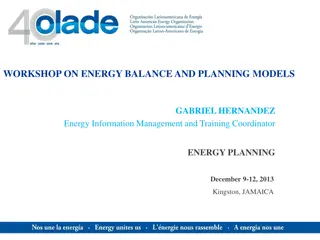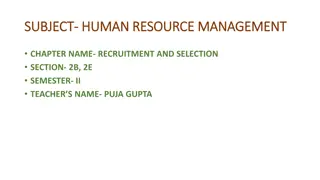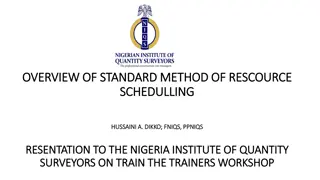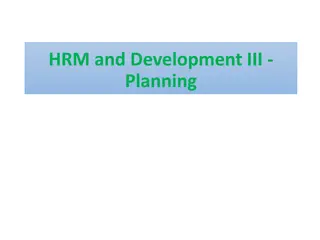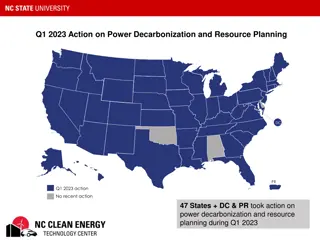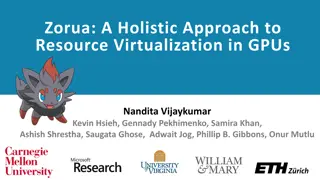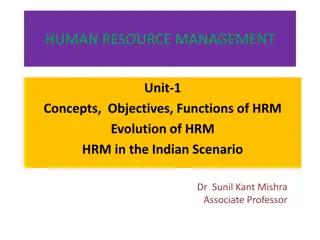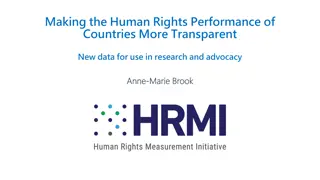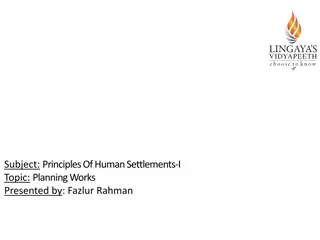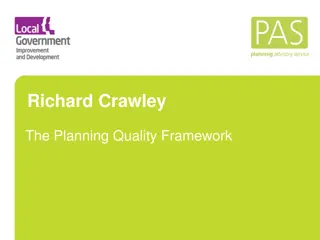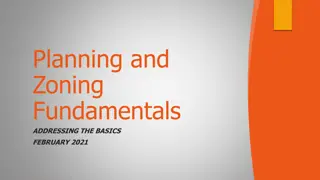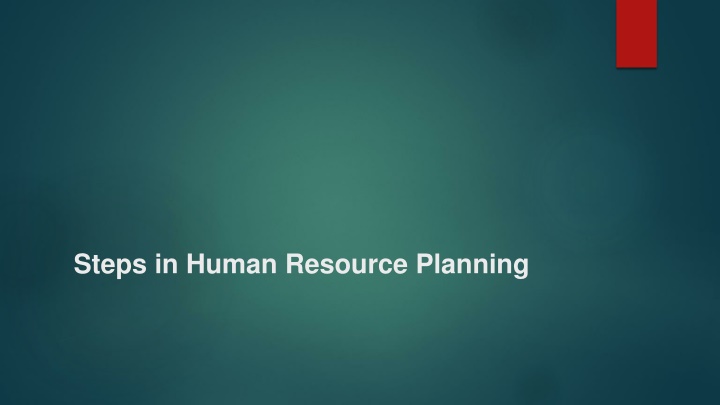
Effective Steps in Human Resource Planning Process
Human resource planning is a crucial process that ensures the right candidate is matched with the right job within an organization. Key steps include analyzing organizational objectives, taking stock of current human resources, forecasting demand and supply, estimating manpower gaps, formulating action plans, and monitoring progress. By following these steps, organizations can align their workforce with their goals effectively.
Download Presentation

Please find below an Image/Link to download the presentation.
The content on the website is provided AS IS for your information and personal use only. It may not be sold, licensed, or shared on other websites without obtaining consent from the author. If you encounter any issues during the download, it is possible that the publisher has removed the file from their server.
You are allowed to download the files provided on this website for personal or commercial use, subject to the condition that they are used lawfully. All files are the property of their respective owners.
The content on the website is provided AS IS for your information and personal use only. It may not be sold, licensed, or shared on other websites without obtaining consent from the author.
E N D
Presentation Transcript
Steps in Human Resource Planning Human resource planning is a process through which the right candidate for the right job is ensured. For conducting any process, the foremost essential task is to develop the organizational objective to be achieved through conducting the said process. 1. Analysing Organizational Objectives: The objective to be achieved in future in various fields such as production, marketing, finance, expansion and sales gives the idea about the work to be done in the organization. 2. Inventory of Present Human Resources: From the updated human resource information storage system, the current number of employees, their capacity, performance and potential can be analysed. To fill the various job requirements, the internal sources (i.e., employees from within the organization) and external sources (i.e., candidates from various placement agencies) can be estimated. 3. Forecasting Demand and Supply of Human Resource: The human resources required at different positions according to their job profile are to be estimated. The available internal and external sources to fulfill those requirements are also measured. There should be proper matching of job description and job specification of one particular work, and the profile of the person should be suitable to it.
4. Estimating Manpower Gaps: Comparison of human resource demand and human resource supply will provide with the surplus or deficit of human resource. Deficit represents the number of people to be employed, whereas surplus represents termination. Extensive use of proper training and development programme can be done to upgrade the skills of employees. 5. Formulating the Human Resource Action Plan: The human resource plan depends on whether there is deficit or surplus in the organization. Accordingly, the plan may be finalized either for new recruitment, training, interdepartmental transfer in case of deficit of termination, or voluntary retirement schemes and redeployment in case of surplus. 6. Monitoring, Control and Feedback: It mainly involves implementation of the human resource action plan. Human resources are allocated according to the requirements, and inventories are updated over a period. The plan is monitored strictly to identify the deficiencies and remove them. Comparison between the human resource plan and its actual implementation is done to ensure the appropriate action and the availability of the required number of employees for various jobs.
Process of HRP The processes of Human resource planning (HRP) can be listed out as mentioned here under. 1) Business Strategic Plans:- These plans define future activity levels and initiatives demanding new skills. 2) Resourcing Strategy:- It gives a plan to achieve competitive advantage by developing intellectual capital i.e. employing more capable people than rivals, ensuring that they develop organization specific knowledge and skills and taking steps to become employee of choice. 3) Scenario Planning: It assesses organization is going in its environment and the implications for human resource requirements. in broad terms where the
4) Demand/ Supply Forecasting: It helps in estimating the future demand for people of both quality and quantity and assessing the number of people likely to be available from within and outside the organization. 5) Labour Turnover Analysis: It deals with analyzing actual labour turn over figures and trends as an input to supply forecasts. 6) Work Environment Analysis: It seeks to analyze the environment in which people work in terms of the scope that it provides for them to use and develop their skills and achieve job satisfaction. 7) Operational Effectiveness Analysis: It analyses productivity, the utilization of people and the scope for increasing flexibility to respond to new and changing demands.


